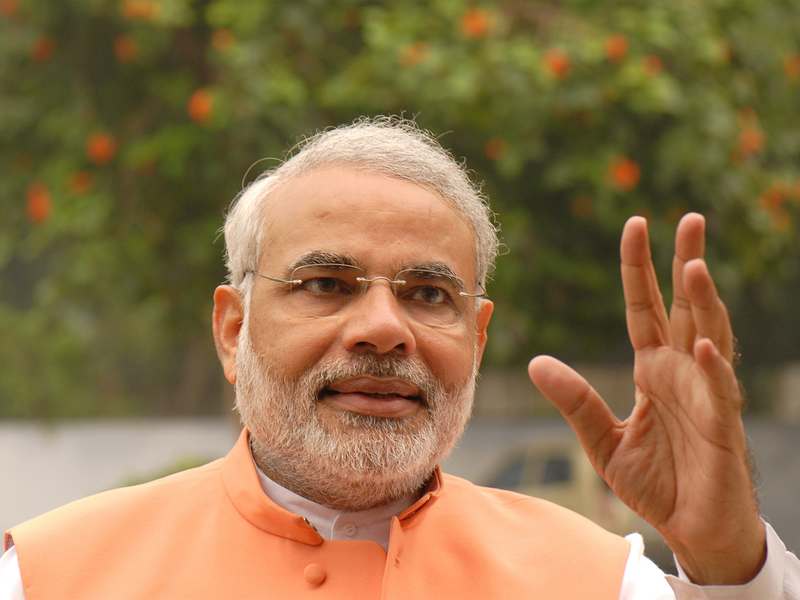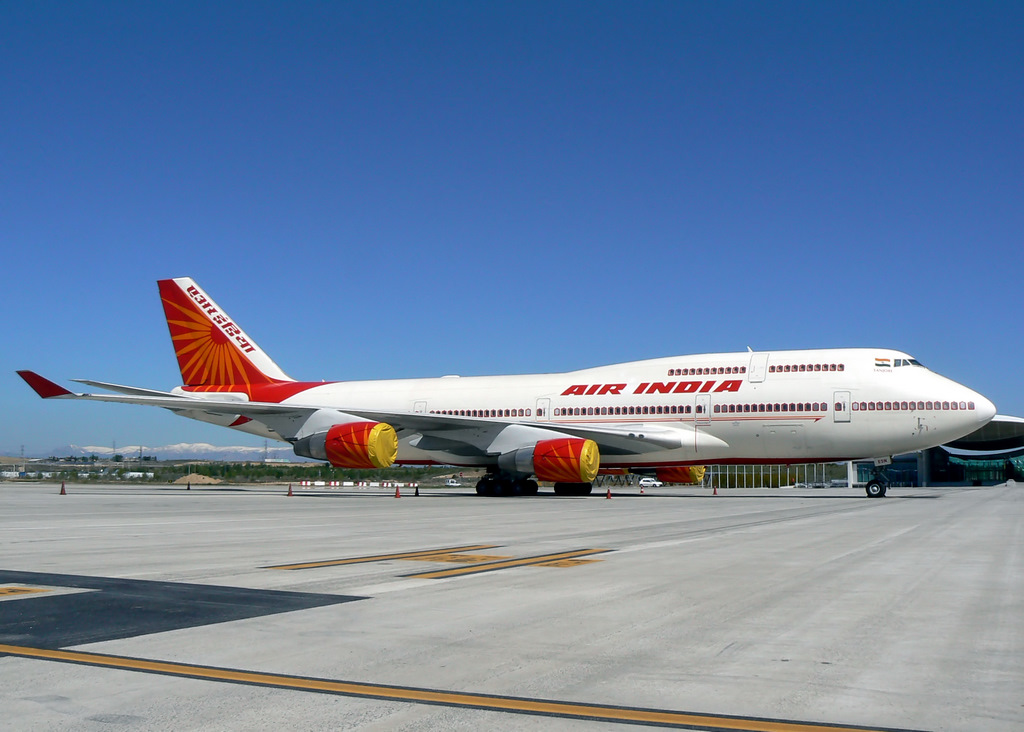One issue that I have regularly written and discussed in my columns is India’s investment to gross domestic product (GDP) ratio, which has fallen dramatically over the years. The latest Economic Survey gets into great detail regarding this issue and paints, what I would call a very bleak picture of India’s economic future.
India’s investment to GDP ratio “climbed from 26.5 percent in 2003, reached a peak of 35.6 percent in 2007, and then slid back to 26.4 percent in 2017.” This is a huge fall of 9.2 per cent from the peak.
As the Economic Survey points out: “And while it is true that the past 15 years have been a special period for the entire global economy, no other country seems to have gone through such a large investment boom and bust during this period.”
Why has this dramatic fall in investment as a proportion of the overall economy happened? This is something that has been analysed to death. Nevertheless, as the Survey points out: “India’s investment slowdown is unusual in that it is so far relatively moderate in magnitude, long in duration, and started from a relatively high peak rate of 36 percent of GDP. Furthermore, it has a specific nature, in that it is a balance sheet related slowdown. In other words, many companies have had to curtail their investments because their finances are stressed, as the investments they undertook during the boom have not generated enough revenues to allow them to service the debts that they have incurred.”
It is well known that companies tend to invest and expand when they are unable to meet the demand from their current production capacity. The Reserve Bank of India carries out capacity utilisation surveys of manufacturing firms every three months. The latest survey for the period April to June 2017, found that capacity utilisation stood at 71.2 per cent. In fact, capacity utilisation has varied between 70 and 72 per cent for a while now.
As economist Madan Sabnanvis writes in his new book Economics of India-How to Fool all People for all Times: “The capacity utilisation rate has gotten stuck in the region of 70-72 per cent which means two things: first demand is absent, and second, even if it does increase, production can be scaled up without going in for fresh investment.”
While, it is easy to hope that this is something that can be unravelled, history tends to suggest otherwise. The Economic Survey looks at many other countries which, in the past, have gone through what India is currently going through on the lack of investment front. The Survey specifically looks at “cases in which the rate of investment has fallen by at least 8.5 percentage points from its peak over a 9 year period are considered.” It then goes on to find out, “what is the investment rate 11, 14 and 17 years after the peak?”
The results are far from encouraging. As the Survey points out: “Investment declines flowing from balance sheet problems are much more difficult to reverse. In these cases, investment remains highly depressed, even 17 years after the peak… India’s investment decline so far has been unusually large when compared to other balance sheet cases.”
The Survey further points out: “The median country reverses only about 25 percent of the decline 14 years after the peak, and about 40 percent of the decline 17 years after the peak.” This conclusion is based on a sample of 30 countries where the investment to GDP ratio fell by 8.5 per cent from its peak, over a 9-year period. As we have seen earlier, the investment to GDP ratio in the Indian case fell from a peak of 35.6 per cent in 2007 to 26.4 per cent in 2017.
The data points stated above do not give us much hope. It basically means that over a period of 11 years after the investment to GDP ratio peaked, the median country in the sample tends to improve its investment to GDP ratio by 2.5 per cent from the lowest level achieved. As the Survey points out: “A ‘full’ recovery is defined as attainment of an investment rate that completely reverses the fall, while no recovery implies the inability to reverse the fall at all or worse.”
The trouble is in the Indian case, more than a decade has elapsed, and the investment to
GDP ratio has continued to fall.
Take a look at Figure 1.
Figure 1: Count and Extent of Recovery from India-Type Investment Decline* Note: *T is the peak time Period *: A fifty percent recovery implies that the country attained an investment rate that reversed half of the 8.5 percentage point fall. The dots imply the percentage of the total fall that the median country namaged to reverse.
Note: *T is the peak time Period *: A fifty percent recovery implies that the country attained an investment rate that reversed half of the 8.5 percentage point fall. The dots imply the percentage of the total fall that the median country namaged to reverse.
Figure 1, basically points out that over a period of 17 years after the investment to GDP ratio peaked, 10 out of the 28 countries were able to make a recovery of more than 50 per cent. Given that the Indian investment to GDP ratio has continued to fall, this does not give us too much hope. Despite this large fall in investment, India has had to pay a moderate cost in terms of growth. As the Survey points out: “Between 2007 and 2016, rate of real per-capita GDP growth has fallen by about 2.3 percentage points-that is lower than the above 3 percent decline in growth noticed, on average, in episodes in other countries that have registered investment declines of similar magnitudes.”
It is a given that unless this investment slowdown reverses at a very rapid rate, India’s hopes of providing jobs and decent employment opportunities, to a million Indians who are entering the workforce every month and the 8.4 crore Indians who need to be moved out of agriculture to make it economically feasible, remains just that, a hope.
India’s hopes of a double digit economic growth, also remain just a hope. As the Survey points out: “A one percentage point fall in investment rate is expected to dent growth by 0.4-0.7 percentage points.”
What does the Economic Survey think India’s chances are? “India’s investment decline seems particularly difficult to reverse, partly because it stems from balance sheet stress and partly because it has been usually large. Cross -country evidence indicates a notable absence of automatic bounce-backs from investment slowdowns. The deeper the slowdown, the slower and shallower the recovery,” the Survey states.
But given that it is a government document, it ends on a note of hope. “At the same time, it remains true that some countries in similar circumstances have had fairly strong recoveries, suggesting that policy action can decisively improve the outlook,” the Survey states. While this sentence suggests hope, there is nothing in the analysis carried out in the Economic Survey, which gives any hope.
The trouble is that the policy action has had next to no impact on the investment to GDP ratio for more than a decade now. The ratio has simply continued to fall.
So, what does that leave us with? Without an increase in investment there will be very few jobs and employment opportunities being created. Basically, any industry that is set up in any area, first provides jobs to people who work for it. It also creates jobs for the ancillary industries which feed into it. Over and above this, it creates other employment opportunities in the area.
When the IT industry took off in and around Bengaluru, other than providing jobs to engineers, it provided employment opportunities for drivers, cooks, maids, shop keepers, and so on. At the second level, as the engineers earned more, and demanded good residential spaces to live in, it created demand for builders. That in turn created employment opportunities in the construction and the real estate industry. And so cycle worked.
To conclude, the question is what will feed India’s huge demographic dividend of one million youth entering the workforce, every month, if investment doesn’t take off? The only answer right now is: Pakodanomics.
And to distract attention from Pakodanomics, given that it is not a great way to make a living, we will keep having more and more Padmavats, for distraction.
(You can read in detail about pakodanomics here and here).
The column was originally published in Equitymaster on January 30, 2018.








